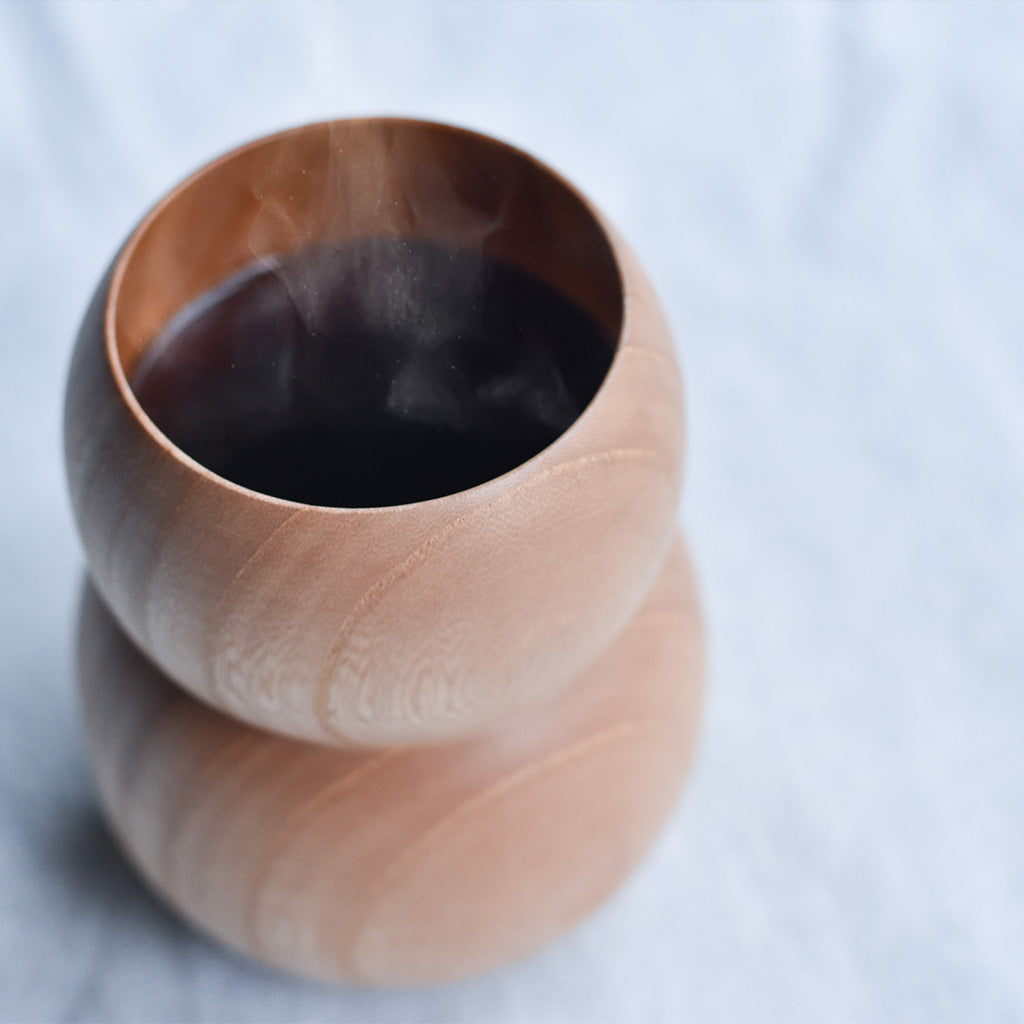フィルター
おわん けやき / クリアー
セール価格¥5,720
タンブラーM けやき / クリアー
セール価格¥11,550
平皿XS けやき / クリアー
セール価格¥3,850
タンブラーS けやき / クリアー
セール価格¥8,580
記念商品 平皿S けやき / クリアー
セール価格¥8,500
平皿M けやき / クリアー
セール価格¥6,380
平皿S けやき / クリアー
セール価格¥4,400
おちょこ けやき / クリアー
セール価格¥3,520

















